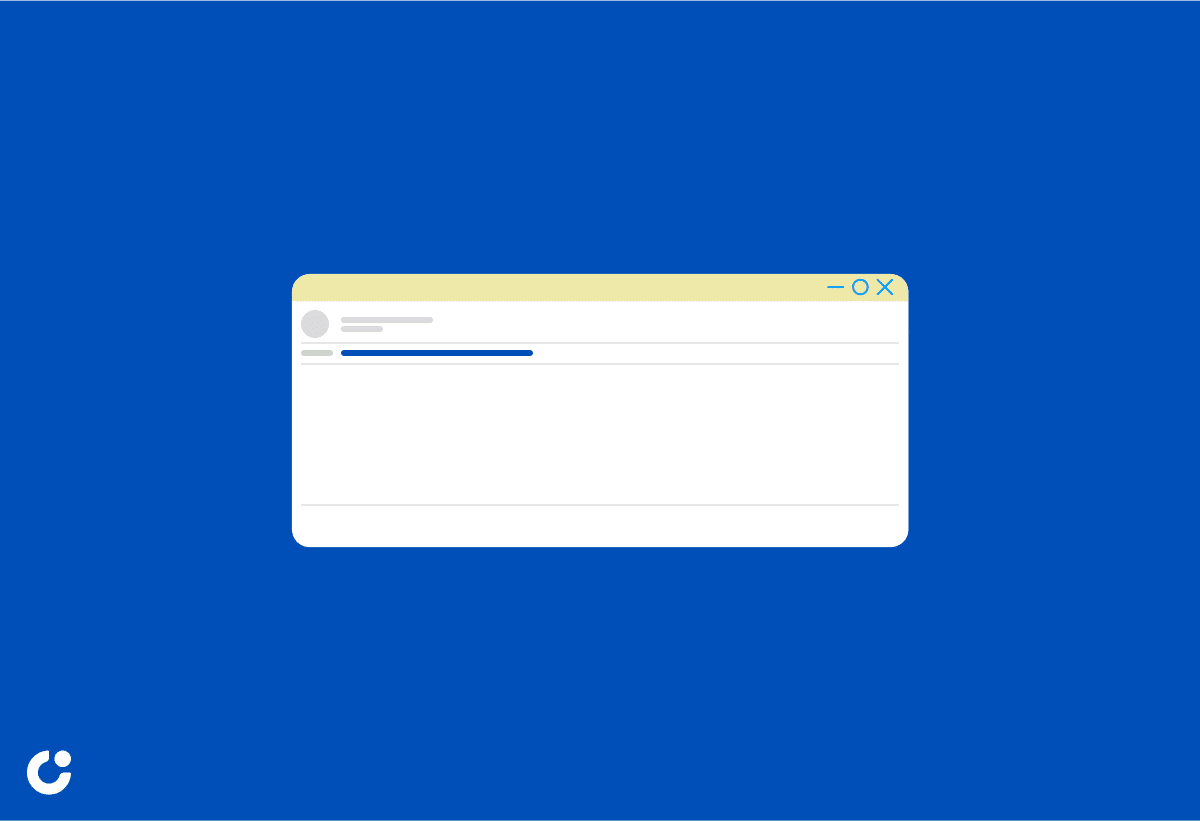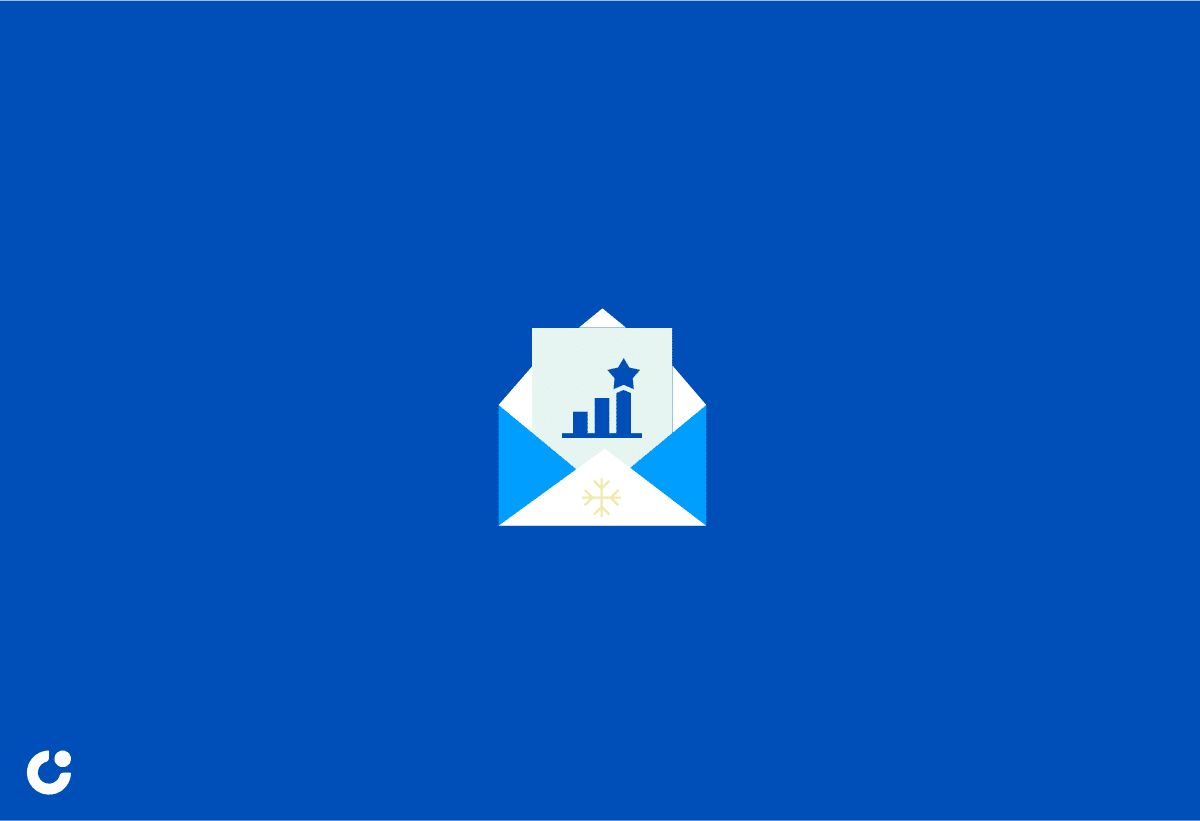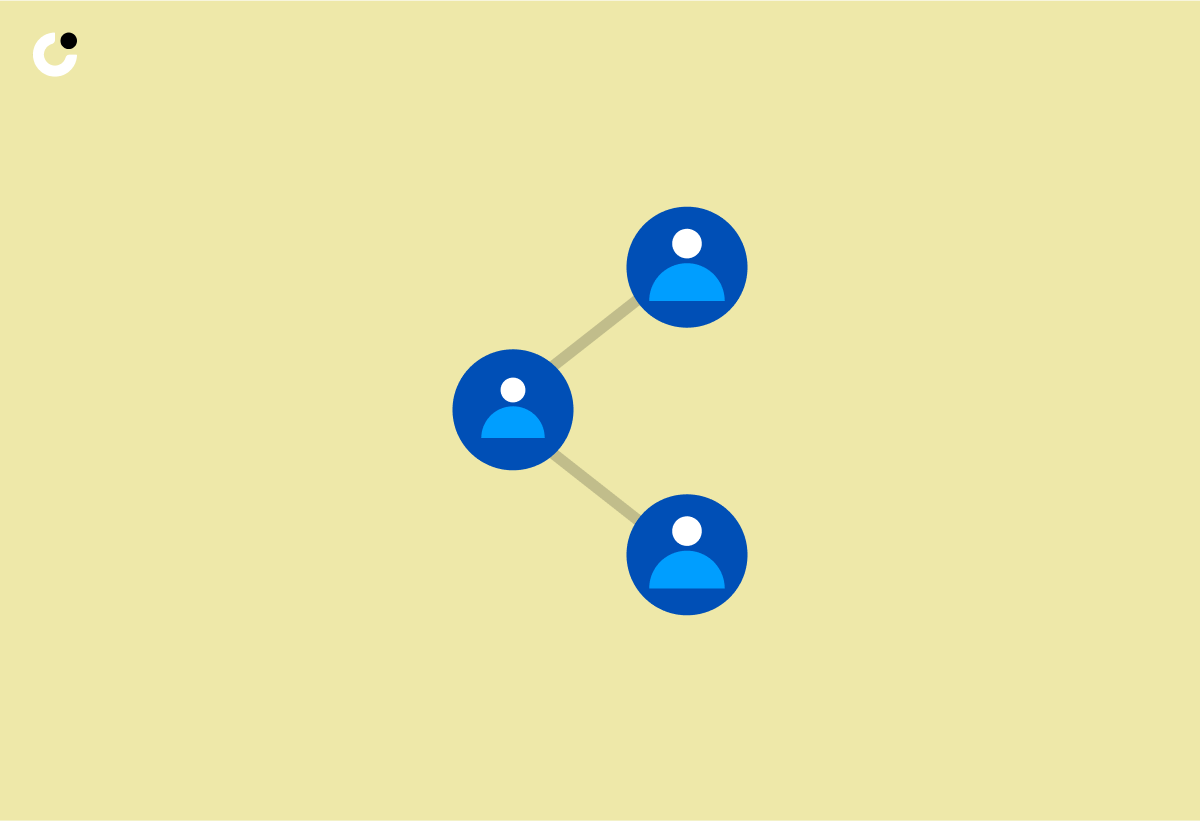Imagine if you could secure an internship or land your dream job in investment banking through a simple investment banking cold email. Sounds too good to be true? Think again. Cold emailing has proven to be an incredibly powerful tool for connecting with professionals in the investment banking industry and opening doors to new opportunities. In this blog post, you’ll learn the art of investment banking cold emailing, how to craft the perfect message, and strategies for effective follow-up to increase your chances of success.
So, buckle up and get ready to unlock the potential of investment banking cold emailing. By the end of this post, you’ll be equipped with the knowledge and skills to make a lasting impression and stand out from the crowd in the highly competitive world of investment banking.
Key Takeaways
- Master the art of cold emailing in investment banking to uncover internships and leads.
- Create personalized, motivating emails with a compelling subject line & call to action.
- Leverage connections by building a quality contact list & exploring resources such as career principles, online courses, networking events & informational interviews.
Mastering the Art of Cold Emailing in Investment Banking

Cold emailing in investment banking can yield incredible results, providing opportunities to directly contact professionals and request internships or informational interviews as soon as next week. The author herself secured her first job at Uber using this method, reaching out to group heads and other professionals in the industry. With the right profile and well-crafted cold emails, you could receive positive responses even from private equity firms.
Understanding your target audience and tailoring your approach accordingly is fundamental to mastering the art of cold emailing in investment banking. Remember, generic cold email templates won’t cut it; you need to personalize your message and demonstrate genuine interest in the firm.
The Power of Cold Emailing

A cold email in investment banking is an initiative taken to reach out to senior bankers, asking directly about interning at the firm, and following up to set up a short phone call with the banker. Resources like:
Utilizing various resources can help you find leads, including professionals from the same firm and contact group heads. Your ultimate goal is to create an opportunity to connect and get the other person on the phone, so researching the company website can provide valuable information to include in your email.
Cold emailing can uncover initial, informal internships that potentially lead to more substantial internships at bigger firms down the road, similar to the purpose of cold calling. Winning off-cycle roles at large banks using cold emails requires previous experience, particularly in high deal flow environments.
Understanding Your Target Audience

When sending cold emails, it’s important to focus on mid-to-senior-level professionals, as they are most likely to benefit from your offer and respond positively to your messages. These professionals hold exciting and competitive job roles, with ample power and responsibility, and often work in investment banks, commercial banks, or other professional services institutions.
During a call with a mid-to-senior-level professional, your goals can be exciting and rewarding depending on your age and experience level. If you’re younger, you can show your enthusiasm, dedication, and eagerness to learn. If you already have experience, you can demonstrate your strong commitment to investment banking.
Crafting the Perfect Investment Banking Cold Email

A well-crafted cold email is key to making a great first impression and capturing the attention of busy bankers. The average response rate for cold emails is between 1% and 5%, so you can expect to get some great responses if you craft your message well.
The essential elements of a successful cold email are a captivating introduction, persuasive body, and a persuasive closing. Steer clear of generic templates and focus on personalizing your message to the recipient. Next, we will delve into the components of a successful cold email.
Subject Line Essentials

As the first thing your recipient sees, the subject line should be compelling enough to grab attention and encourage email opening. By name-dropping a university, firm, referral, or mutual connection, you can capture the recipient’s interest. Keep your subject line short and concise, ideally around 6 to 10 words or 25 to 30 characters.
Utilize words or phrases that suggest urgency, like ‘urgent,’ ‘breaking,’ ‘important,’ or ‘limited time,’ to improve the open rate of cold emails. Personalized subject lines that include the recipient’s company name can even boost open rates by 50%, so it’s definitely worth a try. Adding a call to action, like “Schedule a call” or “Discuss a project,” can also make the subject line more compelling.
Body Content Breakdown

The body of your cold email should highlight your unique experience and valuable skills you’ve acquired to demonstrate your qualifications. Here are some tips to help you craft an effective email:
- Personalize your message to sound like you and show genuine interest in the recipient.
- Craft a unique message that aligns with the recipient’s interests and needs.
- Avoid suggesting dates or times for a call in your initial email, as it may come off as too forward.
Demonstrate your potential to contribute to their team by providing practical examples of how you can help their team and show your worth if given the opportunity to work with them. If you don’t have any internship experience, highlight relevant skills or experiences that could be beneficial, and refrain from sending your resume or CV until they request it.
Closing with a Call to Action

A clear call to action, like requesting a phone call or meeting, is crucial for getting the most out of your initial cold email. When deciding on your call to action, consider the following points for maximum impact:
- Clarify the purpose of the email.
- Craft a persuasive and specific call to action.
- Personalize the message to the recipient.
- Highlight the value proposition.
- Keep the email brief and polite.
- Provide relevant contact information.
Crafting persuasive and specific calls to action can be an effective way to get the results you want. Consider requesting a phone call or meeting, asking for an informational interview, or offering to provide additional information. Remember to maintain a polite, professional, and appreciative tone throughout the email and avoid using jargon or overly formal language.
Strategies for Effective Follow-Up

A follow-up on your cold emails not only showcases your enthusiasm for the organization but also provides an opportunity to leave a lasting impression. Sending a follow-up email after 6-8 days can be advantageous to get a response. A concise yet compelling message expressing enthusiasm for conversation with the recipient and gaining further insight into the firm can make your follow-up email effective.
Next, we will discuss strategies for timing your follow-up emails, preparing for phone calls or meetings, and sending follow-up emails after calls or meetings.
Timing Your Follow-Up Emails

Timing your follow-up emails in investment banking strategically can help maximize your responses. It is recommended to follow up after 5-7 days if there is no response, and to follow up a maximum of 2 times before moving on. In terms of the best time to send follow-up emails in investment banking, mid-day on Tuesdays through Thursdays is the perfect time for maximum impact.
If your first follow-up email hasn’t received a response, sending a second follow-up email after 5-7 days is the perfect way to ensure that your message is heard. Remember, persistence is key in the world of cold emailing.
Preparing for Phone Calls or Meetings

Before a phone call or meeting with a firm, conduct thorough research to make a great impression. Research the following:
- Company background
- Recent news and updates
- Financial performance
- Industry analysis
- Key personnel
- Clients
- Partners
The more you know about the firm, the better prepared you will be to engage in meaningful conversations and make a positive impression during your phone call or meeting.
In preparing for a cold call in investment banking, some techniques include:
- Researching the company and the person you will be speaking with
- Preparing a script or outline of key points
- Practicing your pitch
- Being confident and professional
- Following up with a thank-you email or note.
Post-Call or Meeting Follow-Up

A post-call or meeting follow-up email is an excellent way to demonstrate your appreciation and reiterate your enthusiasm for the company. To make sure your post-call follow-up email is effective, be sure to include:
- A catchy title
- An opening paragraph thanking the person for their time
- A body of email expanding on points raised
- A call to action
- Contact information
To maximize the impact of your follow-up, it is recommended to send a follow-up email within 24-48 hours after a call or meeting in investment banking. Aim for a professional and conversational tone in your message, expressing gratitude and touching on any common ground or shared interests discovered during the call or meeting.
Playing the Numbers Game: Maximizing Success in Cold Emailing

The key to maximizing your success in cold emailing lies in playing the numbers game. Sending over fifty high-quality messages is the recommended way to maximize success in cold emailing. By building a contact list and leveraging connections, you can increase your chances of getting a response to your cold emails.
Next, we will delve into how building a contact list and leveraging connections can enhance your success in cold emailing.
Building a Contact List

To compile a list of contacts to reach out to, use resources like LinkedIn or company websites to search for professionals in the investment banking industry. Once you have a list of contacts, track your progress using Excel or Google Sheets to stay organized and monitor your cold emailing efforts.
Tailor your message to the recipient, validate yourself, address pain points or provide value, prioritize quality over quantity, and use reliable sources for contact information when building your list. By following these steps, you’ll be well on your way to crafting a large, targeted contact list for cold emailing in investment banking.
Leveraging Connections

Finding common connections and sending personalized emails to a larger number of contacts can increase your response rate. Mention shared connections or relationships in your cold emails to build credibility and trust with the recipient. You can also send a connection request to your current connections, asking for introductions or referrals to the people you are targeting, which can significantly improve the response rate of your cold emails.
By leveraging connections and sending out a high volume of personalized emails, you’ll be playing the numbers game effectively and maximizing your chances of success in cold emailing within the investment banking industry.
Additional Resources and Next Steps

As you continue to enhance your cold emailing and networking skills, don’t forget to explore additional resources and next steps. Here are some options to consider:
- Career Principles: Offers insightful articles and comprehensive courses to help bolster your career foundation.
- Online courses: Look for courses specifically focused on cold emailing in investment banking.
- Networking events: Attend industry-specific networking events to expand your professional network.
- Informational interviews: Reach out to professionals in the field for informational interviews to gain insights and advice.
These resources can help you master cold emailing in investment banking and expand your professional network, whether you’re in business school or already working in the industry.
Next, we will examine some online courses and articles, along with networking events and informational interviews, to help you further hone your cold emailing and networking skills.
Online Courses and Articles

Several online courses are available to help you gain insights into the recruiting process and cold emailing strategies, such as:
- Investment Banking preparation with an All-in-one online course and 1 to 1 Coaching sessions
- The Investment Banker comprehensive online course
- Udemy’s Complete Investment Banking course
- FE Training’s Investment Banking Interview Skills course
Websites that offer insightful articles on cold emailing strategies include:
These websites provide valuable guidance and tips to improve your cold emailing efforts.
Networking Events and Informational Interviews

Attending networking events and informational interviews can help you expand your professional network and gain valuable insights into the investment banking industry. Some of the best networking events for investment banking include:
- New York Trading, Finance & Banking - Professional Networking Affair
- Meetups organized by Wall Street
- Investment banking information sessions organized by banks
Informational interviews can be incredibly beneficial for mastering cold emailing. They allow you to:
- Connect with experts in your desired field
- Gain invaluable knowledge and advice from experienced individuals
- Form relationships and grow your network, increasing the likelihood of getting replies to your cold emails.
Summary
Cold emailing in investment banking is a powerful tool that can open doors to new opportunities and connections. By mastering the art of cold emailing, crafting the perfect message, implementing effective follow-up strategies, playing the numbers game, and leveraging additional resources, you can increase your chances of success in this competitive industry.
Remember, persistence and personalization are key. Keep refining your approach, and don’t be afraid to reach out to professionals in the investment banking industry. With determination and the right strategies, you’ll be well on your way to making a lasting impression and achieving your career goals.
Frequently Asked Questions
How do you cold email an investment?
When cold emailing an investment, make sure to personalize the message, highlight key figures such as growth and market potential, and keep the length of your email under 200 words. Additionally, explain why you're emailing them specifically, build a connection, and make sure to include why your startup is a good match for them.
When should you email an investment banker?
For the best response rate, aim to send emails to investment bankers on a Monday at lunchtime. This gives you a 197% better chance of getting a response than if you sent it later in the week.
How can I personalize my cold email to make it more effective?
Personalize your cold email by crafting a unique message that directly relates to the recipient's interests and needs. Avoid using generic templates and ensure you tailor your message specifically to the individual to create a motivating tone.
How long should I wait before sending a follow-up email?
Wait one week to follow up for the most effective response.
How can I leverage my existing connections to boost the success of my cold emailing campaign?
Leverage existing connections to build credibility and trust with your target audience, and request introductions and referrals when appropriate. This will help you boost the success of your cold emailing campaign.

